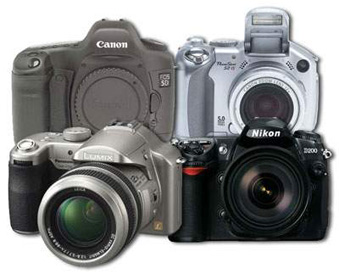

 The Accurate Reloading Forums
The Accurate Reloading Forums  THE ACCURATE RELOADING.COM FORUMS
THE ACCURATE RELOADING.COM FORUMS  Computers, Hi-Tech & Product Reviews
Computers, Hi-Tech & Product Reviews  Practical Photography For Hunters
Practical Photography For Hunters  Slide conversions
Slide conversionsGo  | New  | Find  | Notify  | Tools  | Reply  |  |
| One of Us |
Guys, Wink, Awhile back Wink gave me some of his sage advice on copying my substantial slide collection. His advice, as always, was right on the money. I ended up investing in a Nikon ES-1 slice copying adapter, a Nikon BR-5 adapter ring so that I could use my Nikkor 60mm micro lens, and a set of Kenko extension tubes. Using the 20mm extension tube in the set with my Nikkor 35mm 1.8G lens, proved, as Wink said it would, to work super. I've still got a lot of learning to do with the post processing, but I'm working on it. Here are a few of the results so far. 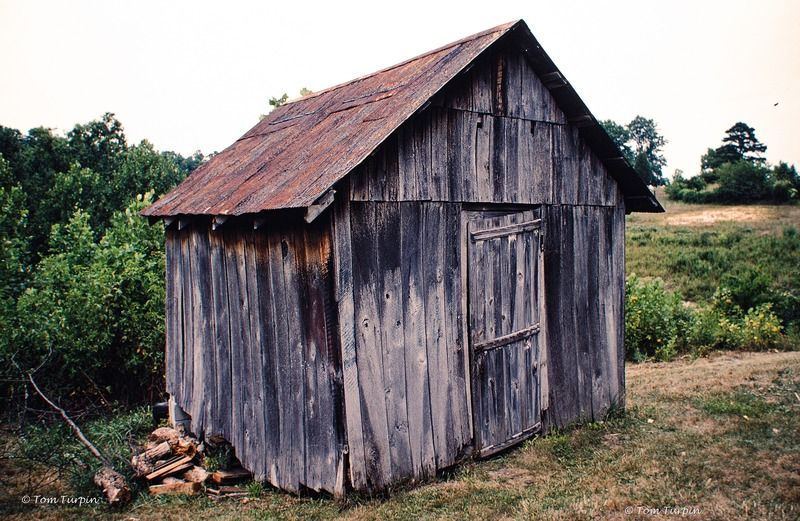 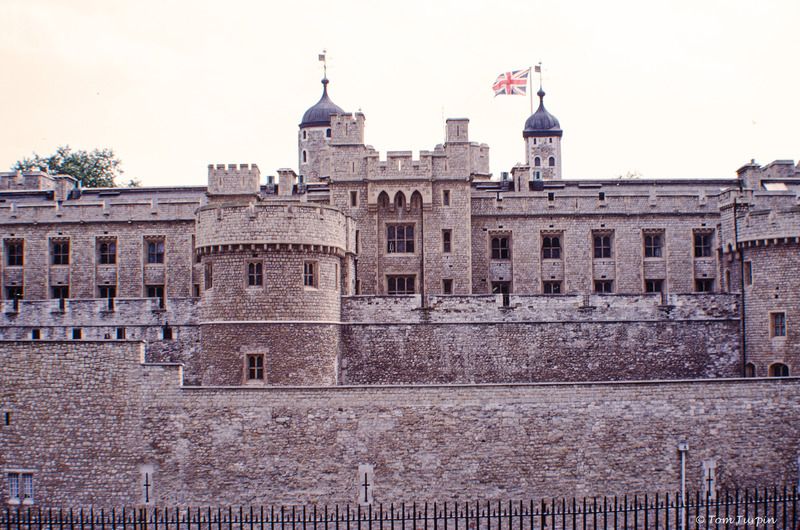 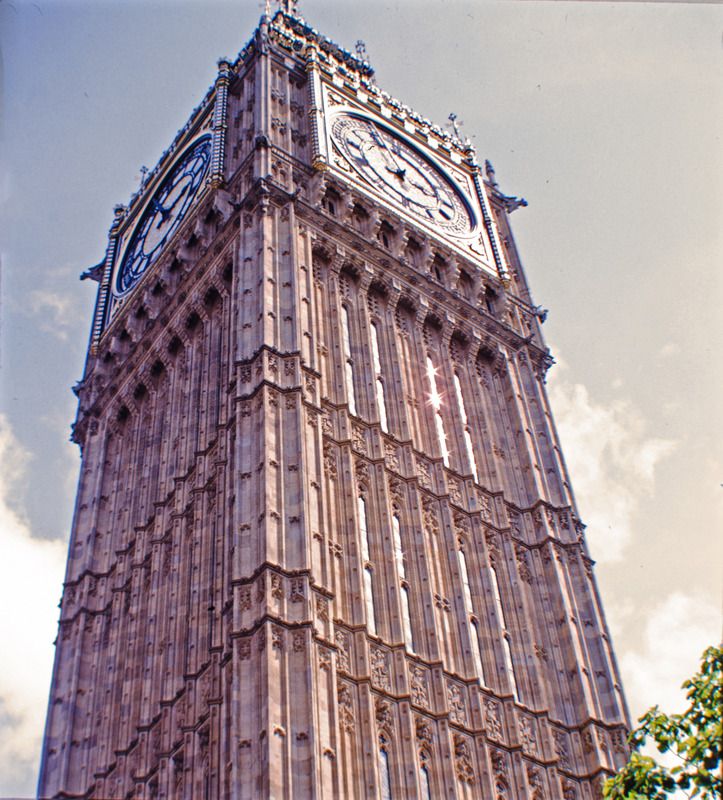 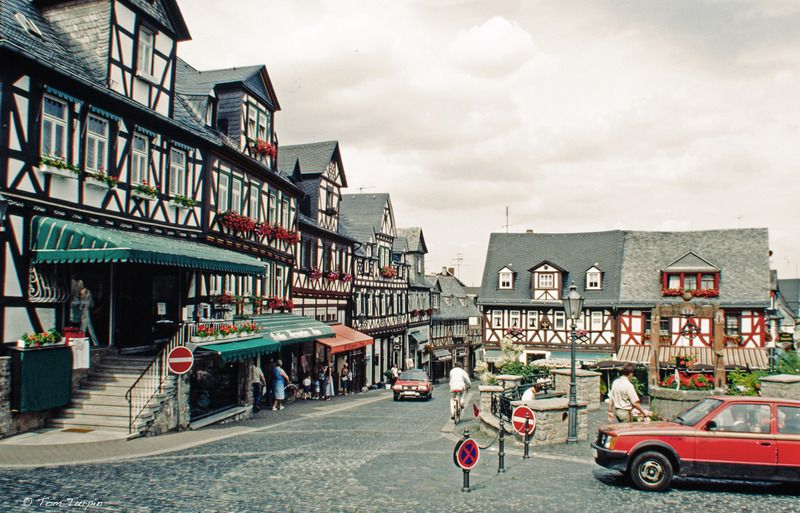 So far I'm very happy with the outcome. TT | ||
|
| One of Us |
Very nice results. I bought a 60 Macro a few years ago from an AR member. Will have to try this. Do you know if there is reversal software for doing negs. | |||
|
| One of Us |
Don't know if there is reversal software for doing negs. Almost all my photography over the years has been in one of two formats, either color transparencies or B/W. I've done very little color negative work. I suspect that Wink would know of such software exists. Perhaps he'll chime in with an answer. here are a couple more: 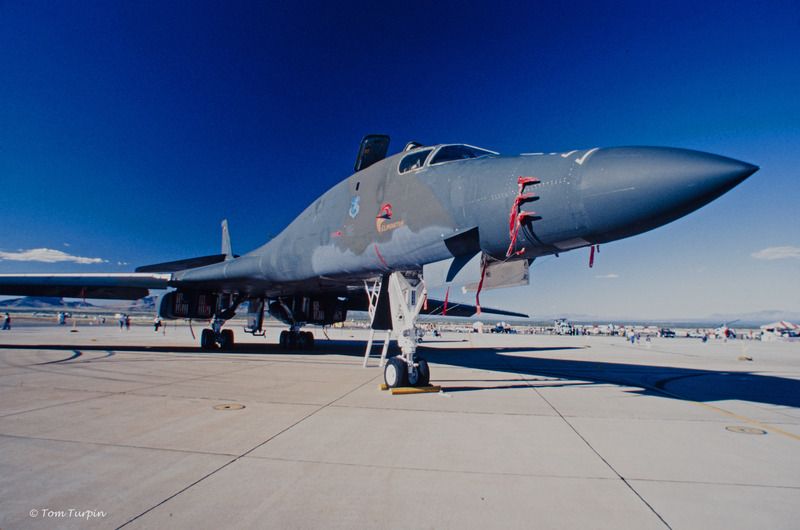 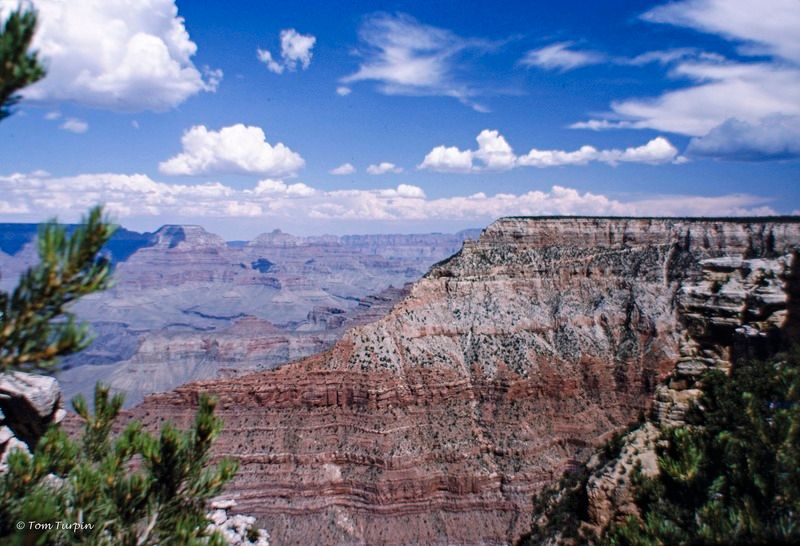 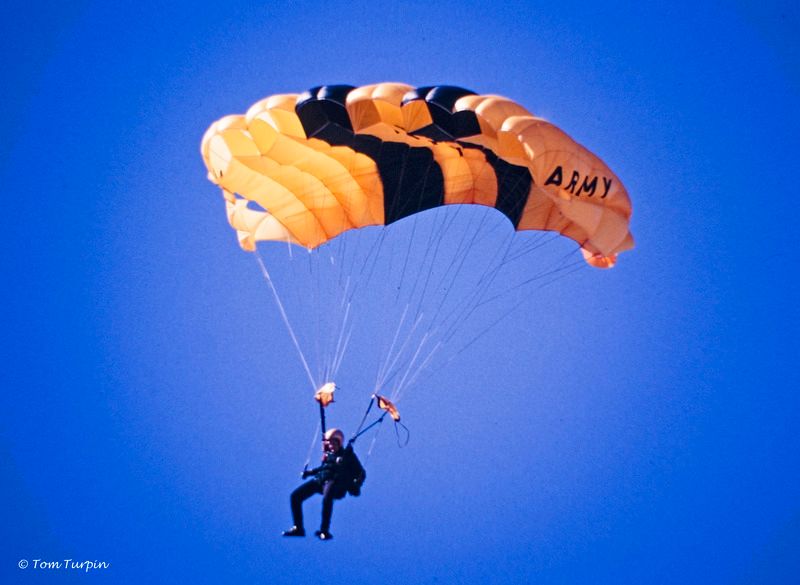 | |||
|
| One of Us |
One doesn't need any specific software to turn a negative into a positive in almost any RAW convertor software you already have. Open the file in your normal RAW convertor and look at the histogram. All you have to do is invert the histogram. In other words, that diagonal line which goes from bottom-left to top-right in the histogram needs to be inverted. Move it to top-left going to bottom-right. Now, there are a whole lot of other things to make the picture look more like an eventual print from a negative, but you'll have to play around with curves and contrast etc. I have never done this so can't offer any advice. I do know that the slide scan set-up that Tom used (and which I use) is not ideal for copying negatives, because the slide support would do damage to a negative if you tried to slide a strip or roll of negatives into it. It's just not made for that. Better to scan negatives with a flat scanner. _________________________________ AR, where the hopeless, hysterical hypochondriacs of history become the nattering nabobs of negativisim. | |||
|
| One of Us |
In an earlier post I mentioned an excellent software for B&W, called Silver EfexPro. Once you have converted your negative to a positive you might try this: http://forums.accuratereloadin...8911043/m/9671095912 _________________________________ AR, where the hopeless, hysterical hypochondriacs of history become the nattering nabobs of negativisim. | |||
|
| One of Us |
Wink thanks for the info Rich | |||
|
| One of Us |
The slide scan system Nikon markets could possibly be made to work with negatives with a little imagination. If you take a paper slide mount which would allow you to put a negative strip in it, by taking out the old positive, or even an unused paper (cardboard) slide mount you might be able to adapt it to be used with the Nikon slide mount holder without it damaging the negative. _________________________________ AR, where the hopeless, hysterical hypochondriacs of history become the nattering nabobs of negativisim. | |||
|
| One of Us |
I've been continuing with my slide copying task an thoughtI'd share a few more copied images. Overall, I've been very pleased with everything so far. I still have a lot to learn, but it is coming along. I also post two vies of the same image, one in color from the original transparency, and the same image converted to B/W using Silver Efex Pro 2. Again, I want to thank Wink for his advice and wise counsel. Enjoy, TT  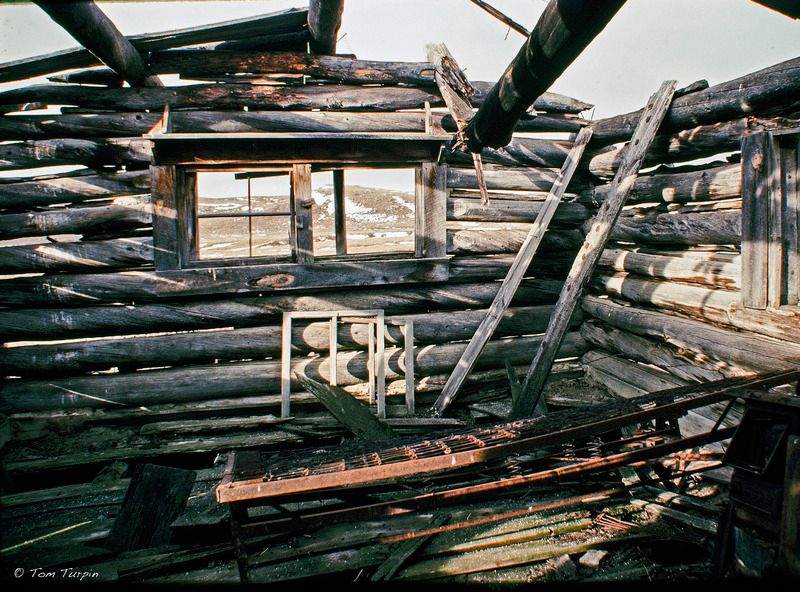 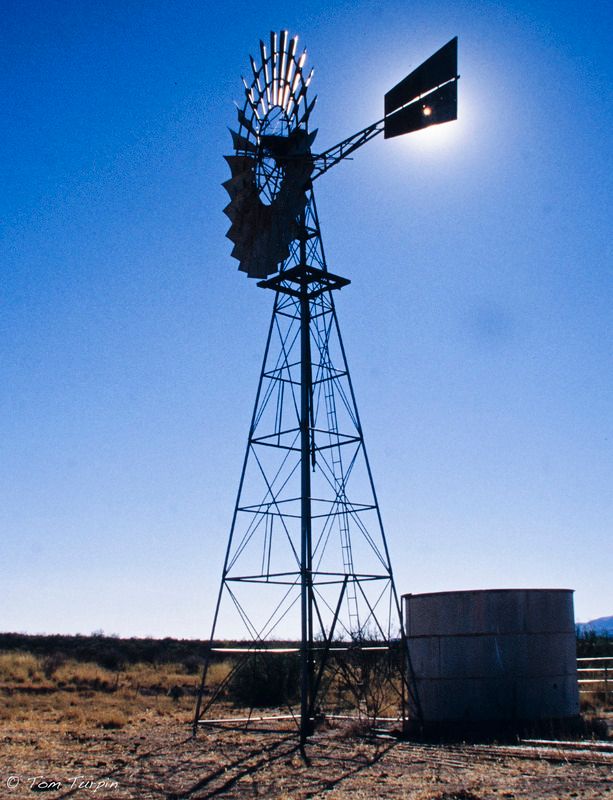 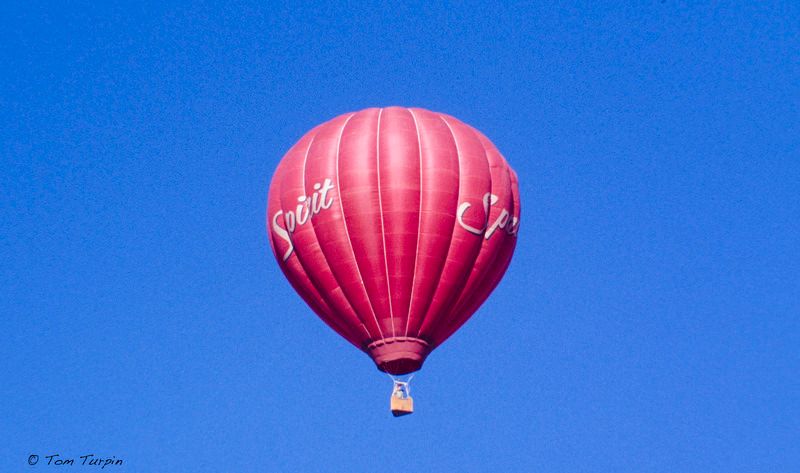 | |||
|
| One of Us |
| |||
|
| One of Us |
| |||
|
| One of Us |
| |||
|
| One of Us |
Did a bit more playing yesterday with slide conversions using the accessories that Wink turned me on to. I've still got a lot of learning to do, like removing the handicapped sign in two of the photo's - actually two versions of the same photo - but so far, I'm mostly happy with the results. This original 35mmm transparency was taken in the red rock country around Sedona, AZ. The small chapel is one that I've photographed several times up close, but not from this distance. 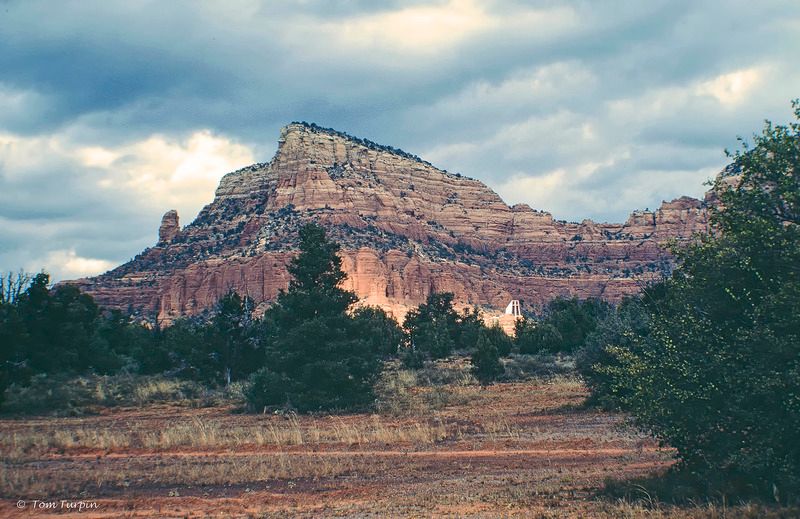 Two versions of the same image, one as originally shot in a color transparency, and the second on converted to B/W using nik software that Wink mentioned to us.  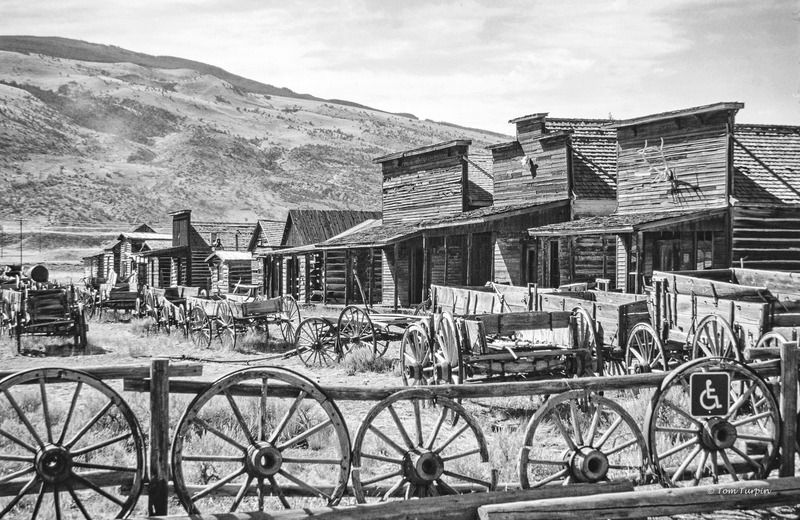 Enjoy. | |||
|
| Powered by Social Strata |
| Please Wait. Your request is being processed... |
|

Visit our on-line store for AR Memorabilia

